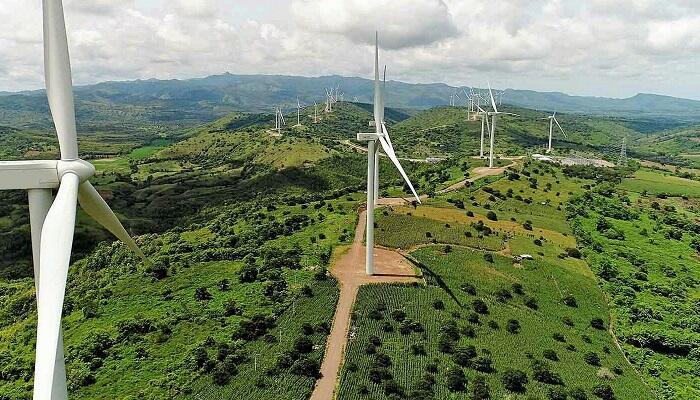It is anticipated that Indonesia will install 450 megawatts of wind capabilities between 2023 and 2027; if the deployment speed is accelerated and the hurdles are removed, 550 megawatts of capacity can be added.
The Global Wind Energy Council- GWEC, in a report, asserted that the issues faced by Indonesia, which currently has 150 megawatts of installed onshore wind setups, include hurdles to policy frameworks, permitting schemes, and transmission infrastructure. GWEC has cited a lesser level of project monitoring in Indonesia, where projects can go on to secure offtake deals without even having to show permissions, sufficient resources, and feasibility.
There is also a dearth of penalties for those who have failed to deliver on their commitments, which has led to less credible projects as well as less robust screening when it comes to offtake arrangements.
The report also stated that all this presents a challenge to the country’s ability to reach its renewable energy targets and thereby thwarts trust to an extent in the wind sector. The report further noted that the grid planning in Indonesia looks complicated by the nature of the country’s geography.
As per the report, Indonesia must broaden its pre-qualification benchmark for project viability and also arrange government-funded research to pinpoint fruitful locations when it comes to wind projects and also ringfence select areas for wind just so that the sector’s growth gets a boost.
The Global Wind Energy Council also went on to recommend that the government elevate its spending push when it comes to grid modernization as well as expansion. It has also requested the promotion as far as energy mix diversification and competitive processes are concerned, so as to ensure a low-cost renewable energy supply.





































